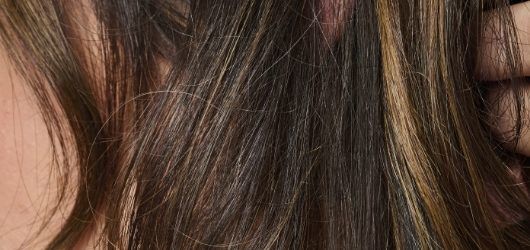
What is Low Hair Porosity?
On the hunt for healthy, hydrated, and voluminous hair? Then you’ve probably seen the term, low hair porosity, emerge in your research. But what is low hair porosity, anyway?
The term refers to the degree your strands absorb and retain moisture, and it can dictate everything from the best products for your tresses to your most flattering hairstyles.1 To give your hair the best haircare, you can start by learning more about this hair type, how to identify it, and how to treat low-porosity hair.
What is Porosity in Hair?
At this point, you may be wondering, what is hair porosity? Simply put, porosity is your hair’s capacity to take in and hold onto moisture—much in the same way a towel can sop up a puddle of water on your floor, or a water-resistant jacket can help keep your skin dry during a rainstorm.1
When it comes to your natural hair, its external layer—or your hair cuticle—has the ultimate say in how much water, hair product, and hair oil it can absorb.2
This cuticle isn’t a single cuticle. Rather, it’s a bunch of overlapping cuticles made up of cell membrane complexes. The space between these cuticles determines the amount of liquid that can pass through and reach its inner layers:
- The cortex, or the middle layer of your hair, plays a role in your hair’s thickness and natural color.
- The medulla is the innermost layer of your hair shaft, primarily seen in thick hairs.
Typically, hair porosity is divided into three categories: Low porosity, medium porosity, and high porosity. Regardless of where your hair falls on this scale, your porosity dictates how your hair can behave (or misbehave). Knowing where you stand can also help you figure out the most effective way to care for your strands.
What Does Low Porosity Mean?
Low porosity means the cuticles in your outermost layer are densely packed together, so much so it’s difficult for water and products to penetrate and reach those inner layers.3 This isn’t a bad thing whatsoever—your hair just needs a bit of a push when it encounters moisture.
Causes of Low Porosity Hair
When it comes to hair porosity, it’s important to note that it is genetic. However, your hair porosity can change over time depending on external factors like exposure to heating tools, excessive brushing, pollution, and sun exposure. The good news? There are still effective ways to keep your hair healthy, maintainable, and smooth.
Signs of Low Porosity Hair
Whether your hair is baby-fine and stick-straight or super-thick and curly, you probably have a solid handle on its texture. What may be less clear is its porosity. Low porosity hair is frequently characterized by:2
- Delayed wetness – Do you spend significantly more time in the shower than your roommate or partner in an attempt to completely soak your hair? Because low porosity hair resists water rather than “welcoming” it, it can take a minute to get it drenched.
- Prolonged dry time – It may take more time to blow or air dry your hair if it has low porosity—even if your hair leans towards the thinner side. With low-porosity hair, less moisture enters, but less moisture also escapes.
- Products tend to “sit” on your hair – We all know that feeling: We apply a styling hair product or shampoo only to feel it lingering on our hair’s surface. This can give hair a sticky feel and a certain, undesirable heaviness. It can also leave an unwanted residue and hair buildup, or leave your strands stiff. Again, this is because low-porosity hair struggles to absorb what is put on it.
How to Tell if You Have Low Hair Porosity
In addition to keeping an eye out for the signs we just covered, you can conduct a couple of tests to determine if you have low porosity hair:
Float Test
Fill a cup with water, remove a few strands of dry, clean hair, and plop them in the water.4 If your strands hover near the surface, it’s a sign your hair is less porous: the cuticles are flat and your hydrophobic outer layer is intact. If your hands quickly fall to the bottom, your hair is more porous.
Just be sure to use room temperature water: Hot water opens the hair cuticle and can cause all strands, regardless of their porosity, to lock in moisture and sink.
Spray Bottle Test
Using a spray bottle, mist a section of your hair and observe how it responds.4 If the moisture gathers on your hair in beads rather than gliding into it, it’s a sign that your hair is healthy: your cuticles are tightly packed and your hydrophobic outer layer is intact.
Keep in mind that these at-home tests may show skewed results. If you suspect you have low-porosity hair, there are a few haircare tips you can follow. We’ve outlined a few below that, while they may help with low-porosity hair, are not exclusive to low porosity.
Low Hair Porosity Care Tips
Managing hair that has low porosity requires a touch more TLC than medium porosity strands. Follow these haircare tips to enhance its capacity to preserve moisture:
Use Clarifying Shampoos
The way you treat your strands in the shower can have an enormous impact on its resilience and radiance.
Consider using a clarifying shampoo to rid your hair of the products, dirt, and hair oil that have built up on your hair cuticle. Clarifying shampoos can also help shield your hair follicles from the damaging effects product accumulation can have on your scalp.
For instance, try our detox shampoo. Infused with activated charcoal, it gently but effectively helps remove buildup without drying or stripping your strands.
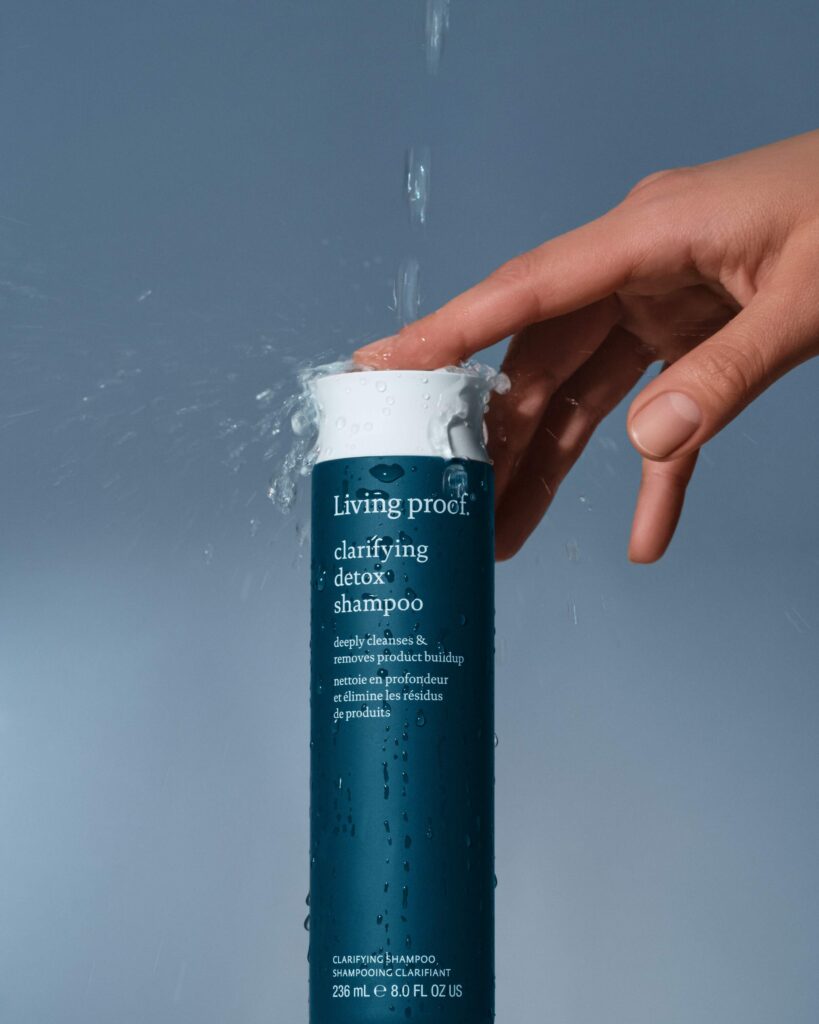
Dodge Heavy Products and Choose Lightweight, Hydrating Ingredients Instead
Heavy products like butters and balms can add to product buildup and potentially affect the health of your hair, preventing moisture and other products from penetrating. The tiny pockets of space between the “scales” of your hair cuticles will have an easier time accepting lightweight, emollient ingredients.
Our hair repair treatment, the Healthy Hair Perfector has a delicate texture that’s great for low-porosity hair. It also helps seal your cuticle to promote less hair breakage—and a more luscious shine.
Prevent Buildup
If you have low-porosity hair, you may be tempted to overload it with products with the hope that at least some will be absorbed and boost your hair’s hydration and appearance. Excessive shampooing, deep conditioning, and use of products that only rest on top of your hair cuticle may give it a dull appearance.
Instead, use products with a light hand and be discerning about which products you choose. Our hair strengthener, known as Triple Bond Complex, has been scientifically proven to strengthen your strands and leave them soft to the touch. For preventing buildup, your clarifying shampoo can also help—as well as:5
- Using products with chelating agents
- Avoiding sulfates and surfactants
- Calling upon hydrating but lightweight conditioners
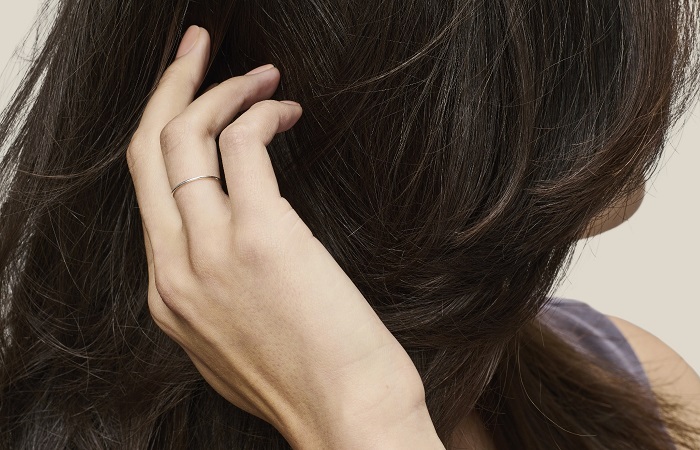
Enliven Low Porosity Hair with Living Proof
Living Proof goes well beyond alluring scents and pretty packaging. We’re all about working with the science behind your hair’s characteristics and meeting the needs of its natural tendencies. The goal of all these efforts? To deliver you real, palpable, brilliant results. So, now that you know what low porosity hair is, you may ask, what is high porosity hair? Regardless of the type of porosity you have, we have the products for you.
Explore our wide collection of hair products online or take our hair quiz to discover ways you can keep your hair feeling and looking strong and healthy.
- Journal of Cosmetic Science, True porosity measurement of hair: a new way to study hair damage mechanisms. https://pubmed.ncbi.nlm.nih.gov/18818850/
- Living Proof. Discover the Anatomy of Hair. https://www.livingproof.com/anatomy-of-hair-cuticle-cortex-f-layer/
- International Journal of Trichology. Hair Cosmetics: An Overview. Hair cosmetics: An overview Gavazzoni Dias MR – Int J Trichol (ijtrichology.com)
- New York Society of Cosmetic Chemists. An Overview on Hair Porosity. https://nyscc.org/blog/an-overview-on-hair-porosity/
- Living Proof. How to Remove Hair Buildup. https://www.livingproof.com/hair-build-up/


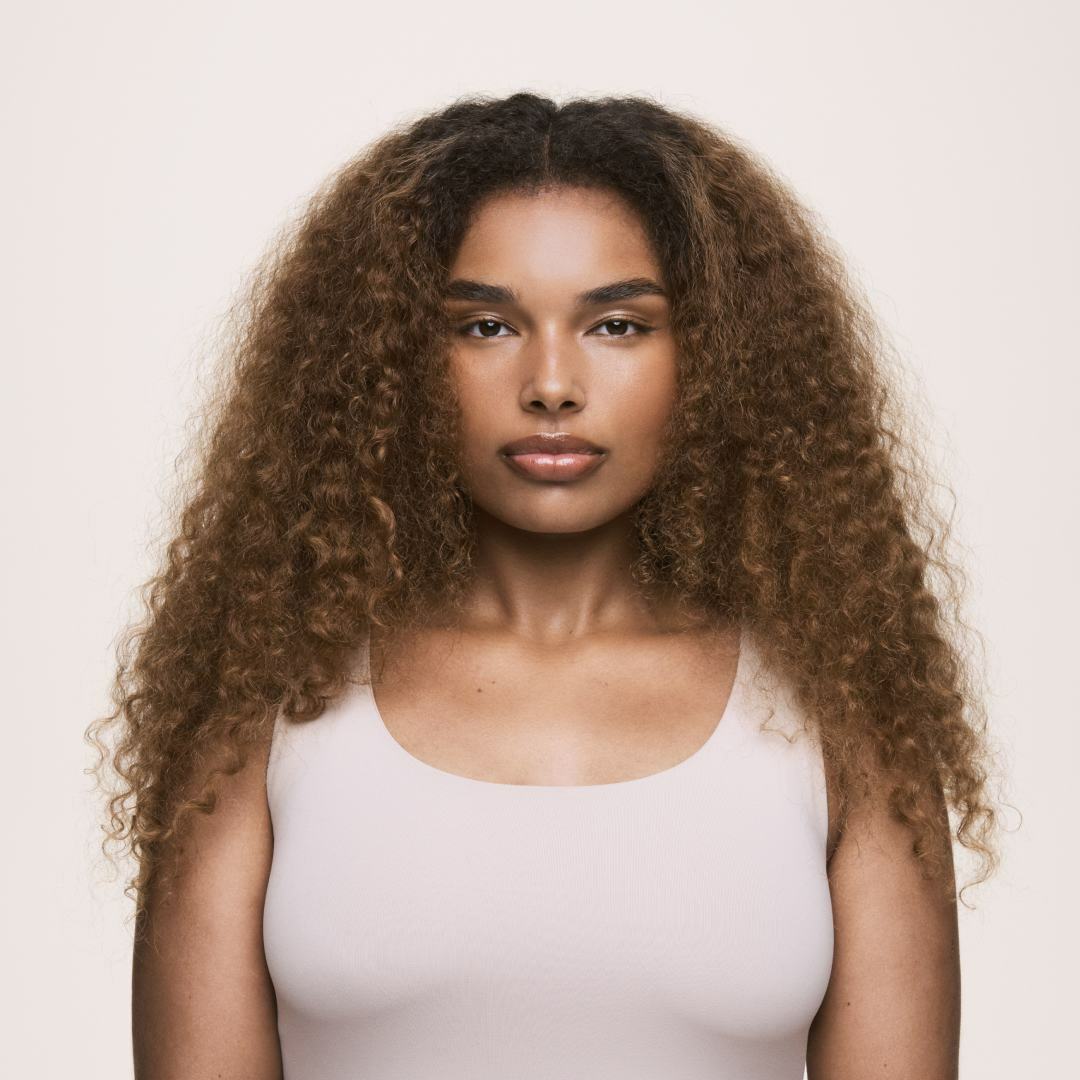
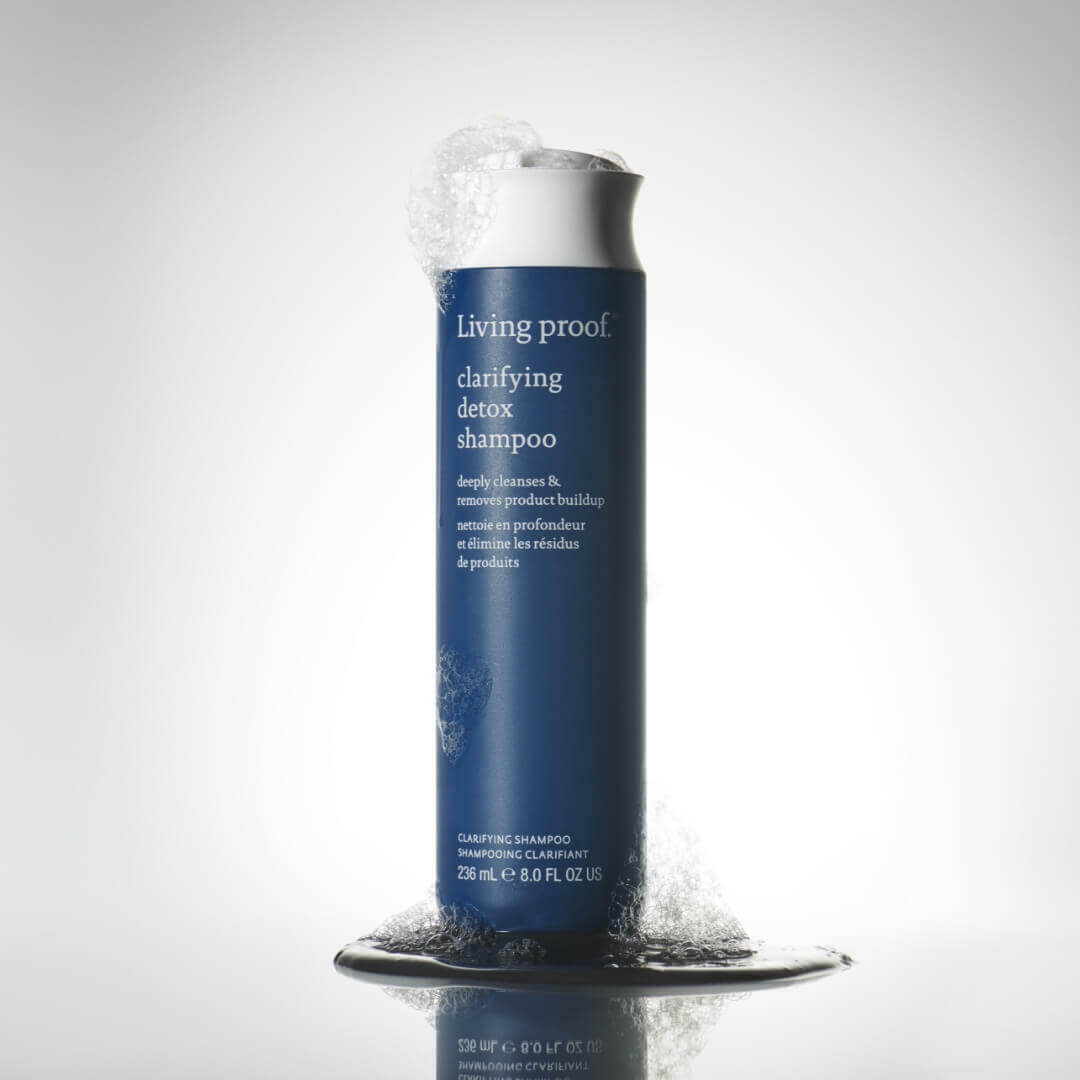
.png)